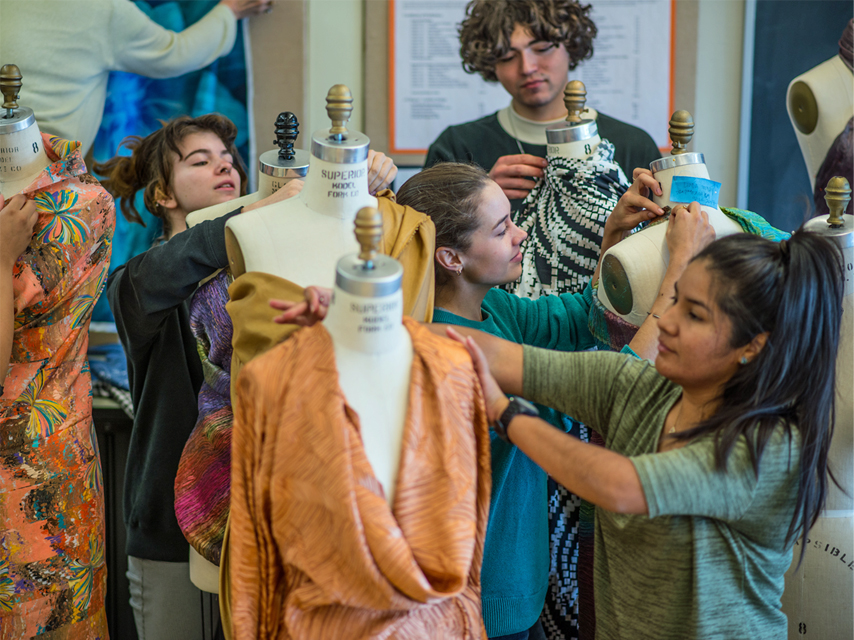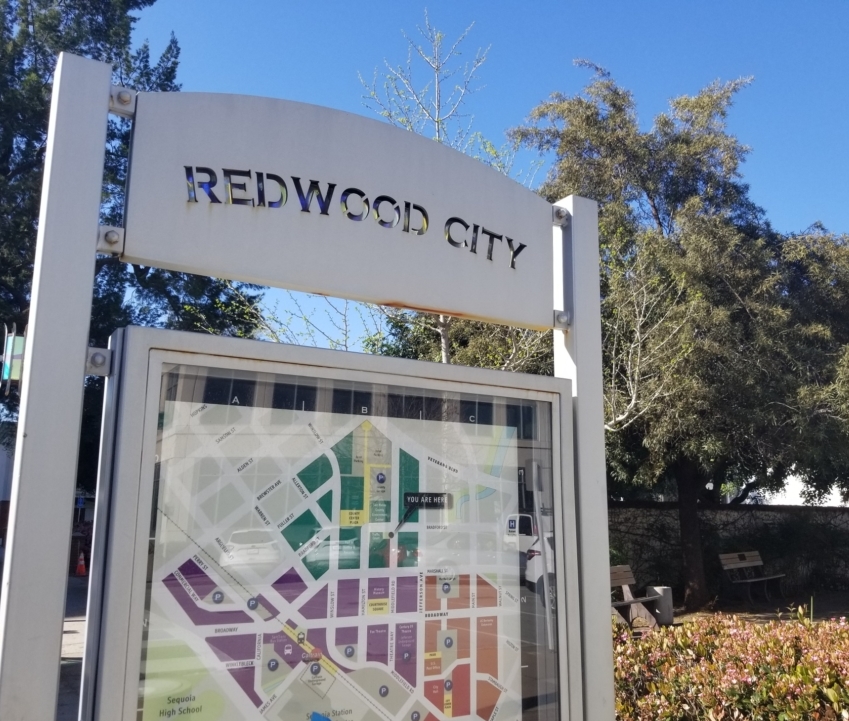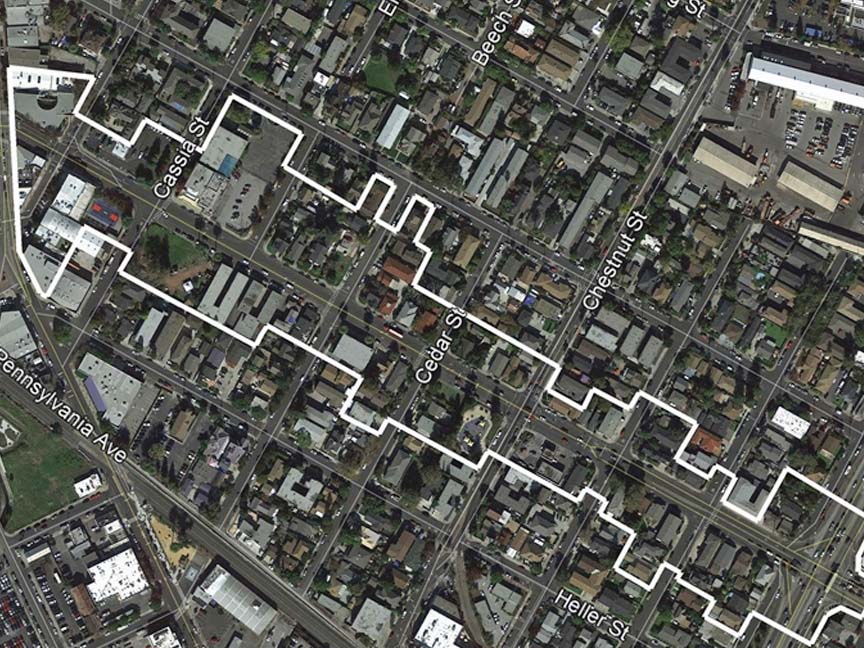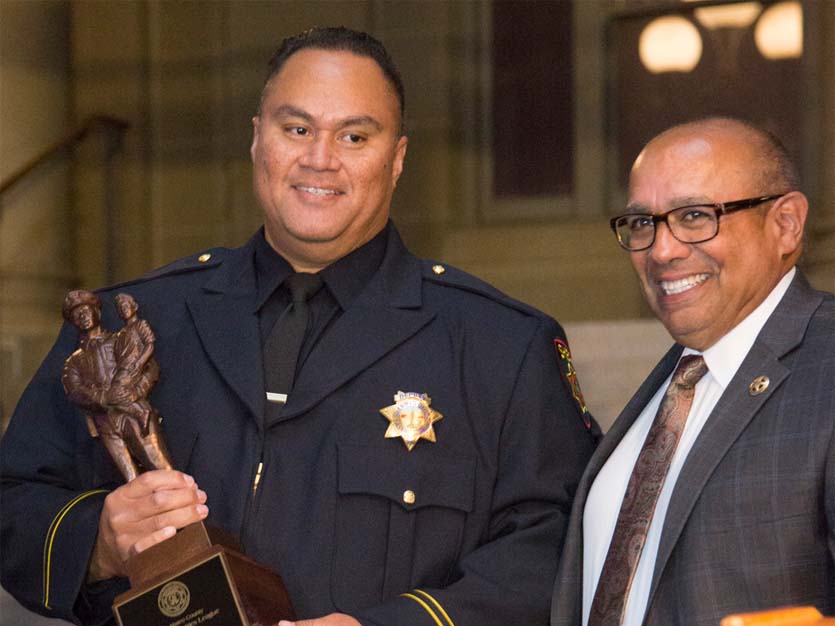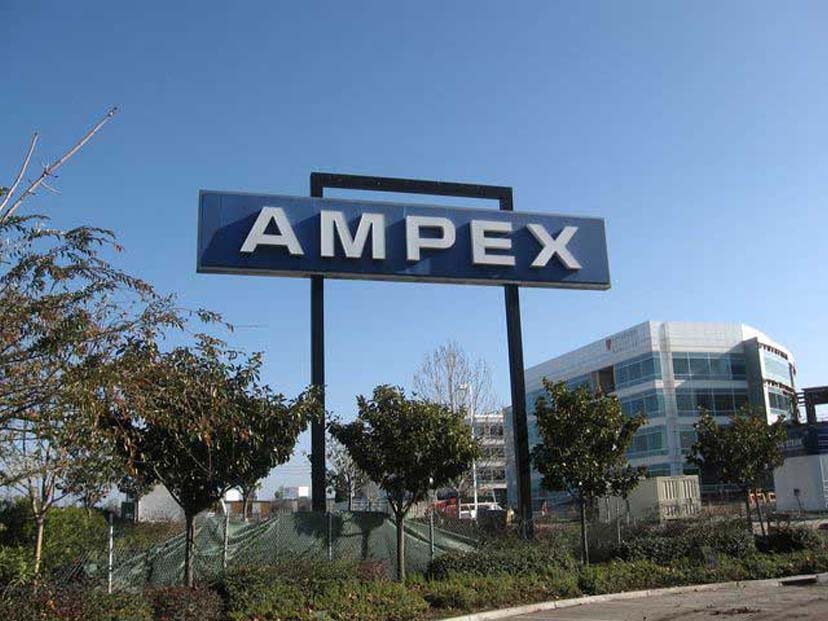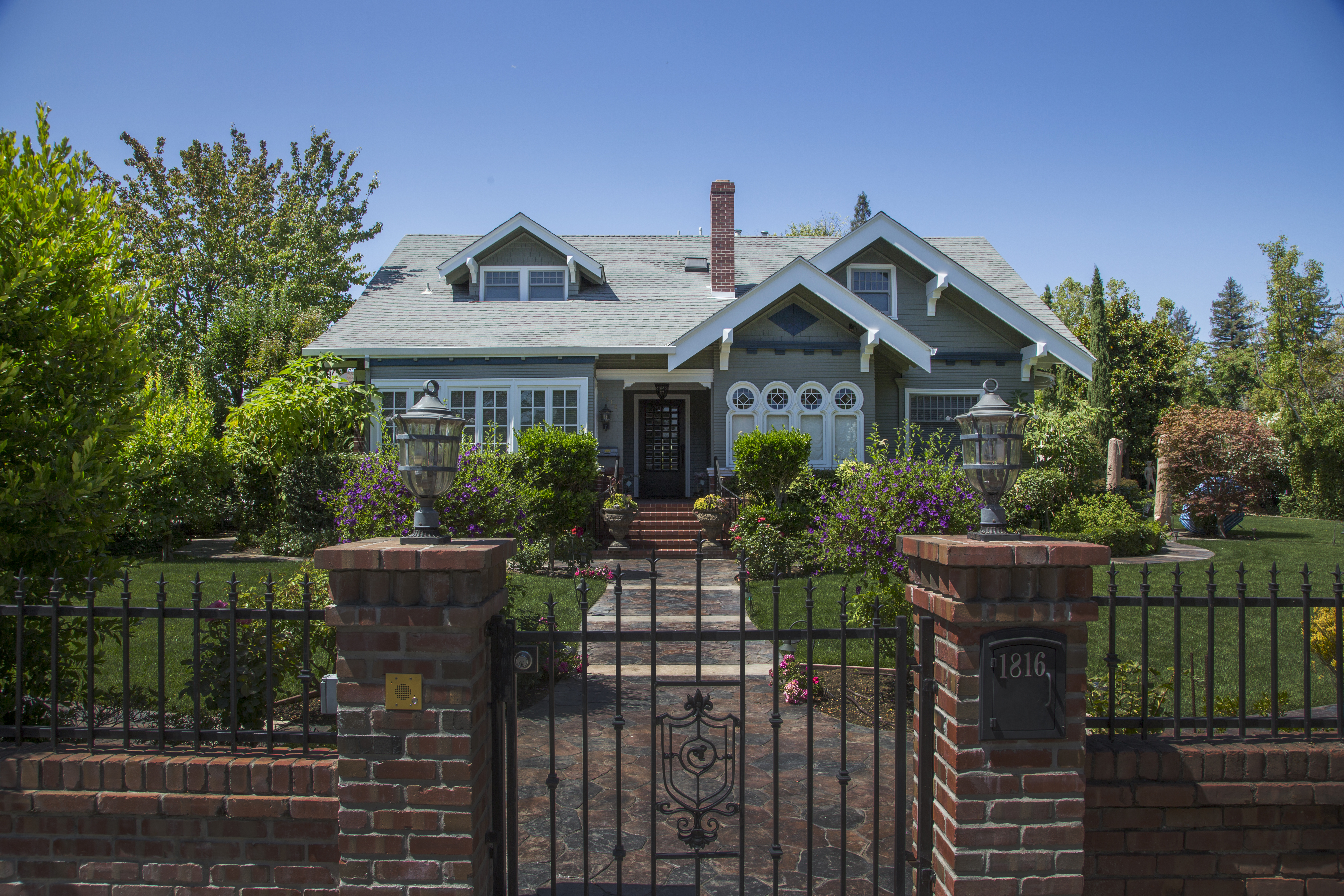Starting Oct. 6, Caltrain to suspend service to SF during weekends
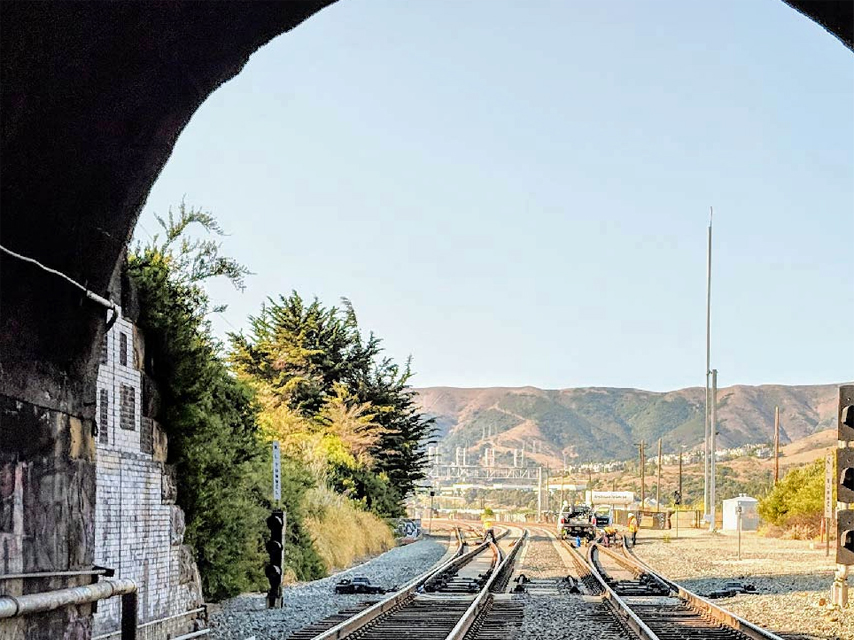
Starting Oct. 6 and lasting through late Spring 2019, Caltrain will not serve the San Francisco or 22nd Street stations during the weekends so that work can continue on electrification of the system, the transit agency has announced. Trains will terminate at Bayshore Station during this time.
Free bus service will be provided from Bayshore Station to 22nd and San Francisco stations during the weekend closures. Visit here for more information.
Caltrain plans to perform work on the four train tunnels in San Francisco to prepare for electrification, and also to bring the tracks to a state of good repair.
“This vital work will make way for overhead electrical cables, reinforce the 110-year-old tunnels, install modern drainage and other modern infrastructure,” Caltrain said in a statement Tuesday.

